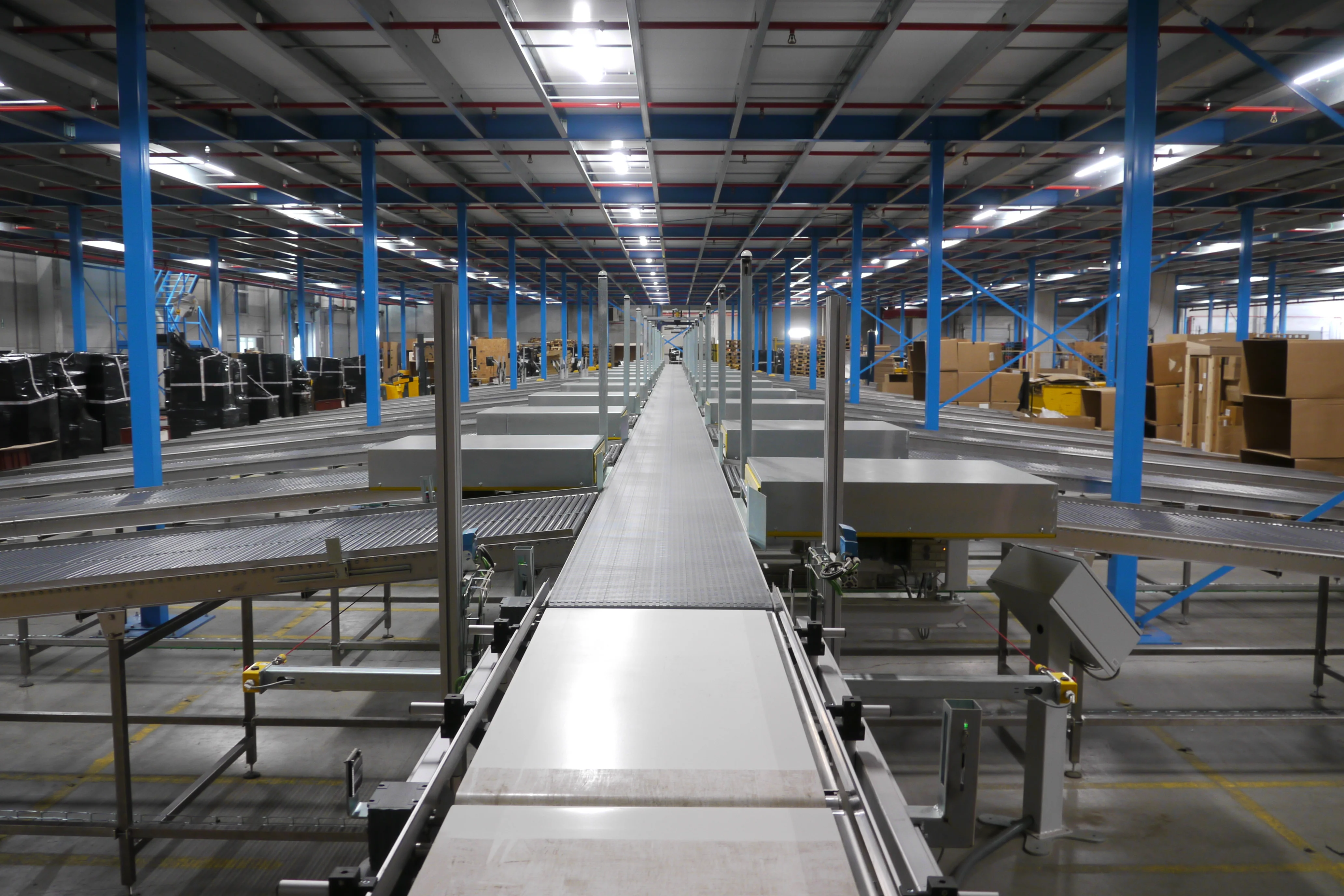Semi-automated warehouse
Jolipa has about 12,000 items in stock. Every 6 months, 2,500 new items are added to the product range.
Ideally, you would let the goods flow to the operator, but due to the variety of items and the constant renewal of our product range, this was not feasible. The latest study by Logflow offered a good interim solution.
Dick Sabbe, CEO: “In the past, one operator used to prepare a complete order, which meant that he travelled up to 30 kilometres in the warehouse every day and prepared 10 orders. Now, the orders are picked by several operators and a large part of the route is covered by a continuously rolling conveyor belt, where the picker deposits the collected goods. The conveyor belt brings the goods to the picking zone via a spiral. There, the goods are pushed out on the antennae. The orders are then completed and palletised."
The installation also caters for e-commerce. A third of Jolipa's turnover are orders from distributors that are delivered directly to the end customer. That is why they have planned the lay-out of some roller conveyors to be connected to a packing table.

